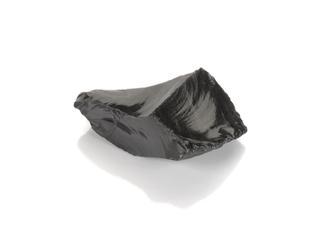
Catgut suture
- maker:
- Joseph Lister

Catgut in carboiled oil, prepared by Joseph Lister, 1875
Used for surgical stitching, catgut is not made from cat intestines. It uses the natural fibre found in the intestines of other, larger animals such as sheep, cattle, or goats. Prepared by British surgeon Joseph Lister (1827-1912) on 10 March 1875, this glass bottle contains phenol (carbolic acid) mixed with water and oil. By treating the suture material in this way, Lister hoped to prevent infection.
Joseph Lister experimented with ideas about infection over several years, often assisted by his wife, Agnes. Using household items and specially made glassware, he noticed that urine exposed to air decomposes, while urine not exposed to air remains intact. Lister concluded that something in the air, what we know now are germs, caused infection. He continued to experiment, adapting his antisepsis technique along the way.
Lister introduced new principles of cleanliness that transformed surgical practice from the 1860s onwards. He trialled cleaning surgical instruments and wounds with pungent, yellow carbolic acid, on his wards at Glasgow Hospital. His tests significantly lowered infection rates, with more patients surviving their surgeries. He named the process antisepsis. Some surgeons started to use Lister’s disinfectant technique, but many questioned his approach.
Details
- Category:
- Surgery
- Collection:
- Sir Henry Wellcome's Museum Collection
- Object Number:
- A41382
- Materials:
- jar, glass
- type:
- suture
- credit:
- James Arnold and Sons




